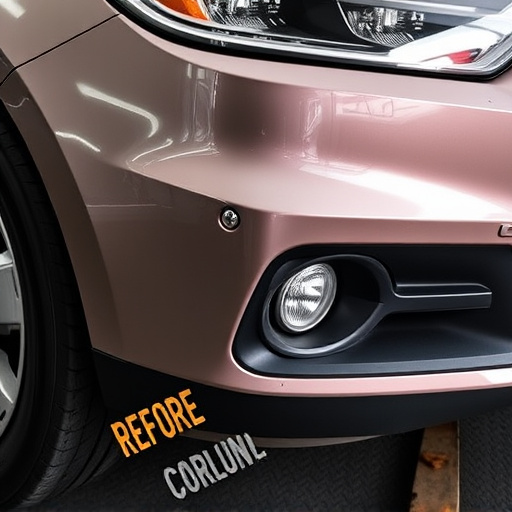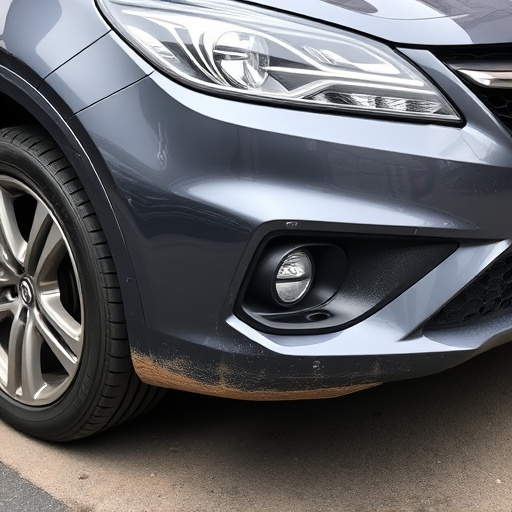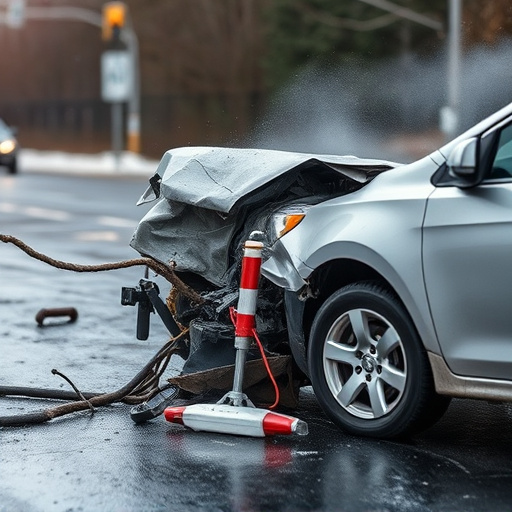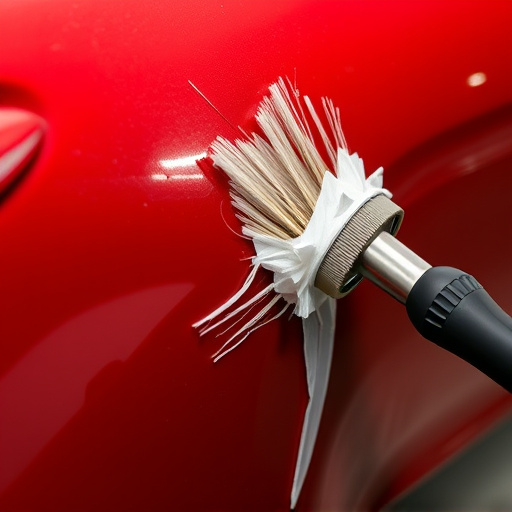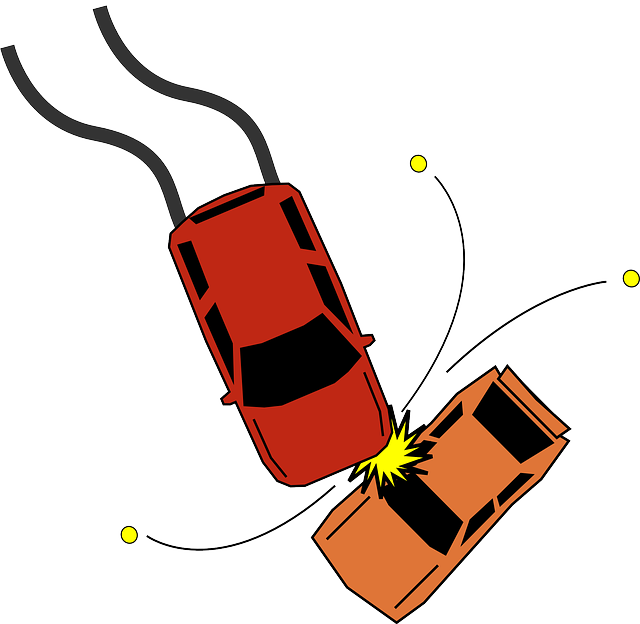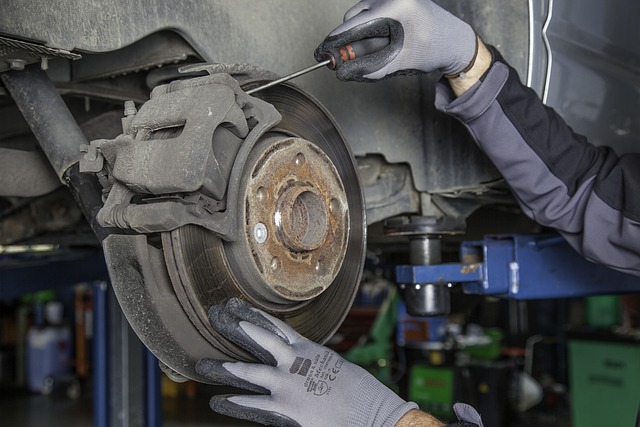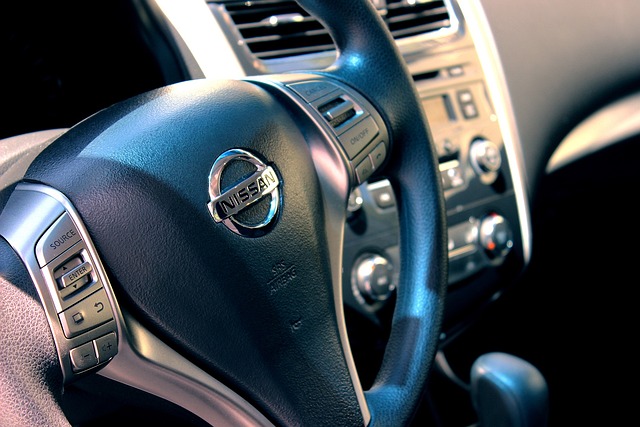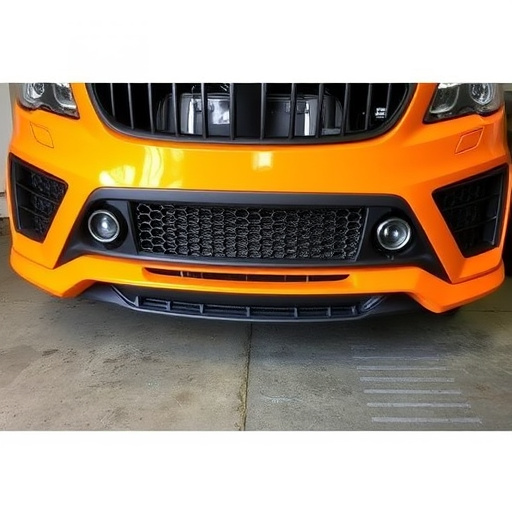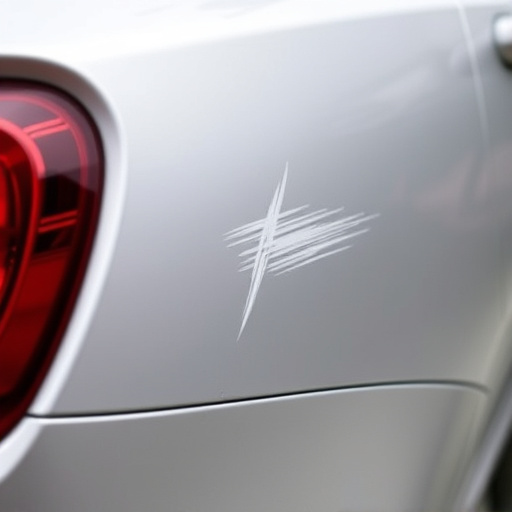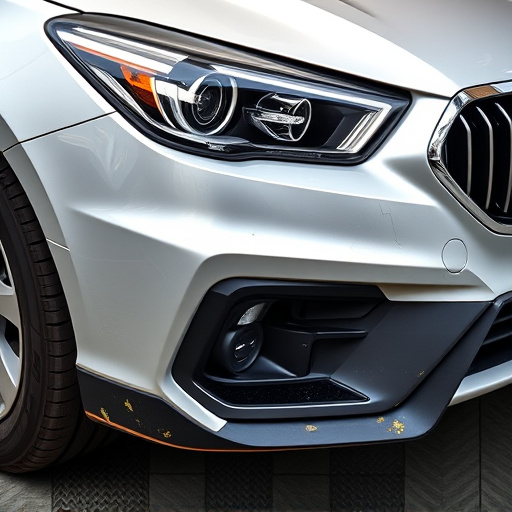Before attempting any vehicle dent fixing, conduct a thorough inspection to assess damage extent and nature. Gather essential supplies for minor dents or consult professional auto body shops for severe cases involving metal cracks or deformation. Understand different types of dents, distinguishing between those suitable for DIY kits and those requiring expert intervention from car paint services or auto repair shops. Evaluate damage by inspecting and measuring the affected area using tools like calipers or rulers to accurately identify the extent of the damage.
Vehicle dent fixing is a skill every car owner should know, offering a cost-effective way to restore their ride’s appearance. This step-by-step guide caters to beginners, taking them through the process from assessment to prevention. Learn to identify and assess dents, gather essential tools, remove damage, and finish with a flawless repair. Master these techniques, and you’ll not only save money but also gain confidence in maintaining your vehicle’s pristine condition, dent-free.
- Assessing the Dent and Gathering Supplies
- – Identifying different types of dents
- – Evaluating the extent of damage
Assessing the Dent and Gathering Supplies
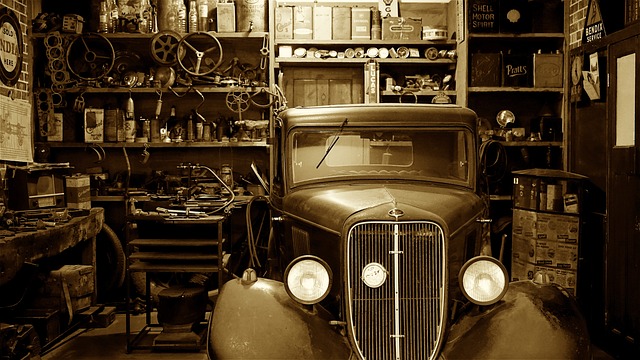
Before diving into the vehicle dent fixing process, it’s crucial to assess the extent of the damage and gather the necessary supplies. Start by inspecting the dent closely; note its size, shape, and depth. Different dents may require distinct approaches, so this initial evaluation is key. Consider using a flashlight to illuminate hidden areas, ensuring you have a comprehensive understanding of the damage.
Once you’ve assessed the dent, it’s time to gather your tools and materials. For minor dents, a DIY approach with a dent puller or a hammer and suction cups might suffice. These tools can be found at automotive repair stores or online. Alternatively, for more severe cases that involve deeper cracks or metal deformation, consulting a professional car body shop or auto frame repair service may be the best course of action to ensure quality vehicle dent fixing.
– Identifying different types of dents

When it comes to vehicle dent fixing, understanding the different types of dents is crucial for effective and efficient repairs. Dents can range from shallow indentations to deep, impact-related damage. Shallow dents, often caused by light bumps or minor collisions, are typically easier to fix at home using DIY kits. These kits usually involve a special putty that you push into the dent and then smooth out, effectively hiding the mark once it sets.
For deeper dents, such as those caused by significant impacts or collisions, professional intervention from car paint services or auto repair shops is often necessary. These types of damages might require techniques like painting over the dent to match the original car paint job perfectly, or even more advanced methods like using specialized tools to pull out and reshape the dented area (a process known as ‘pinning’). Identifying the extent of the damage accurately will help guide you towards choosing between DIY solutions or seeking expert auto repair services.
– Evaluating the extent of damage

Evaluating the extent of damage is a crucial step in vehicle dent fixing. Before attempting any repairs, carefully inspect the affected area to determine the severity of the dent. Look for signs such as creases, dents, or indentations on the car’s surface. Using a flashlight can help you get a better view, especially if there are shadows or hard-to-reach spots. Measuring the depth and width of the dent with a caliper or even a simple ruler is also beneficial; this will give you an idea of the scope of work involved in the vehicle dent fixing process.
Keep in mind that minor dents can often be fixed at home using DIY kits, while more extensive damage might require professional automotive collision repair services from a trusted collision center. Recognizing the difference between these two levels of damage is essential to ensure effective and safe vehicle dent fixing.
Vehicle dent fixing is a skill that every car owner should know, allowing them to swiftly address minor impacts and maintain their vehicle’s aesthetics. By understanding different dent types and assessing damage extent, beginners can confidently tackle repairs using simple tools and techniques. With practice, these DIY methods can save time and money while ensuring your car looks as good as new. So, armed with knowledge and the right supplies, give vehicle dent fixing a try and take control of your car’s upkeep!
